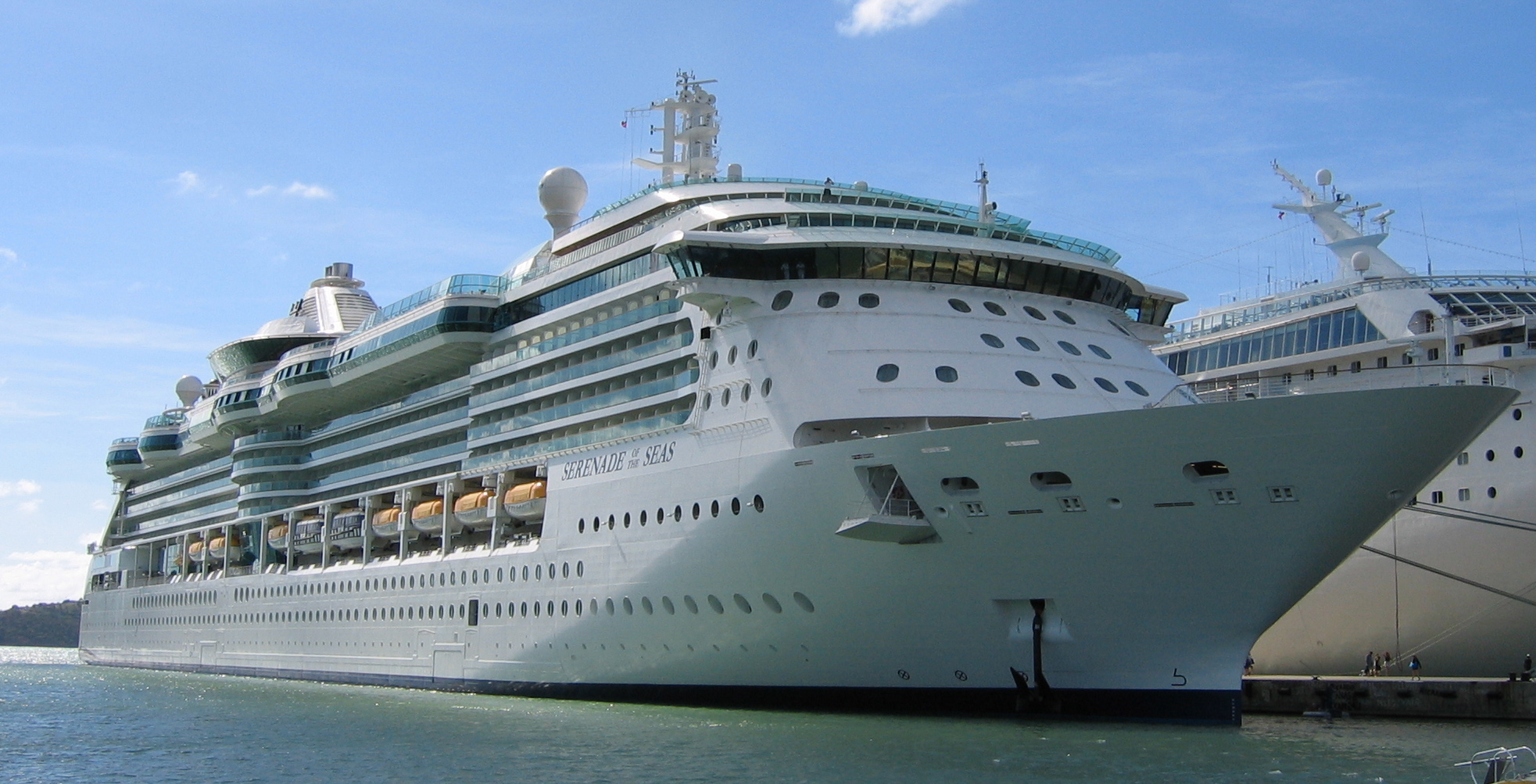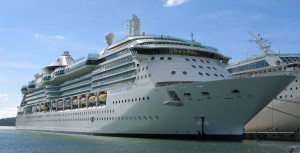Cruise Ship Pollution

 Besides being a great touristic attraction and money makers cruise ships also have their bad sides one of them being pollution. Tourists are often unaware of how serious the pollution is. Environmentalists are trying to fight it with all means.
Besides being a great touristic attraction and money makers cruise ships also have their bad sides one of them being pollution. Tourists are often unaware of how serious the pollution is. Environmentalists are trying to fight it with all means.
Basics:
The environmental impact of shipping includes greenhouse gas emissions and oil pollution. Carbon dioxide emissions from shipping is currently estimated at 4 to 5 percent of the global total, and estimated by the International Maritime Organisation (IMO) to rise by up to 72 percent by 2020 if no action is taken.[1]
The cruise ship industry is a significant and growing contributor to the United States economy, providing more than $32 billion in benefits annually and generating more than 330,000 U.S. jobs, but also making the environmental impacts of its activities an issue to many. Although cruise ships represent a small fraction of the entire shipping industry worldwide, public attention to their environmental impacts comes in part from the fact that cruise ships are highly visible and in part because of the industry’s desire to promote a positive image. [2]
Cruise tourism continues to be a major international growth area. In terms of achieving sustainable tourism it is, therefore, a sub-sector within which socio-economic, cultural and environmental considerations need to be continually analysed, addressed and monitored. The environmental impacts of cruise tourism are categorised in this paper and potential strategies that can be employed by both cruise line operators and cruise tourism destinations are explored. Secondary evidence of action by both parties suggests that the industry is taking a number of belated positive steps. However, decision-makers in cruise tourism destinations, particularly those outside North America, need to work closely with operators to facilitate both integrated waste management and intergenerational and intra-societal equity rather than merely accept the prospect of short-term economic gain.[3]
Bulk metal analyses of surficial sediments collected around the Norwegian Crown cruise ship grounding site in Bermuda indicated significant but localized contamination of reef sediments by copper and zinc, caused by the stripping of the tri-butyltin (TBT)-free antifouling (AF) paint (Intersmooth 460) from the underside of the hull. Highest copper and zinc values were found in heavily compacted and red-pigmented sediments inside the impact scar and were comparable to levels found close to slip ways of local boat yards where AF paints from hull stripping and cleaning processes are washed into the sea. The re-distribution of AF contaminated sediments by storms and deposition on nearby reefs constitutes a significant ecological risk that could delay recovery processes and reduce the effectiveness of remediation efforts. Whilst the ecotoxicological effects of AF paint particles interspersed with sediment is unknown, and in need of further study, it is argued that the significance of AF paint contamination of grounding sites has been overlooked.[4]
Cruise ships represent less than 1% of the global merchant fleet yet it has been estimated that they are responsible for 25% of all waste generated by merchant vessels. This volume of waste produces pressures on the environment, particularly with respect to ship-generated waste disposal at home ports and ports of call. Southampton, home port for both Cunard and P&O, and a port of call for Royal Caribbean Cruises, is the focus of this study. This paper investigates current waste management and disposal options for cruise ship generated waste and the associated impacts of this waste for ports. It is concluded that all cruise vessels should vigorously pursue a waste reduction strategy and for ports to provide adequate recycling, reduction and re-use facilities for cruise ship generated waste, optimising use of local facilities whenever possible.[5]
Conclusion:
Cruise ship pollution ranges from chemical contamination to ship-generated waste. In recent times the big ships have their own recycling facilities but that is not enough to lower the effects of all cruise ship pollution. This is the topic that should be dealt with more seriously and as soon as possible.
References:
[1] http://en.wikipedia.org/wiki/Environmental_impact_of_shipping
[2] http://en.wikipedia.org/wiki/Cruise_ship_pollution_in_the_United_States
[3] ‘Environmentally sustainable cruise tourism: a reality check’ by David Johnson
[4] ‘Chemical contamination of a coral reef by the grounding of a cruise ship in Bermuda’ by Ross J Jones
[5] ‘The impact of cruise ship generated waste on home ports and ports of call: A study of Southampton’ by Nickie Butt
Reed M (2011-09-19 08:25:14). Cruise Ship Pollution. Australian Science. Retrieved: Jul 19, 2025, from http://ozscience.com/environmental-science/cruise-ship-pollution/
 Follow
Follow